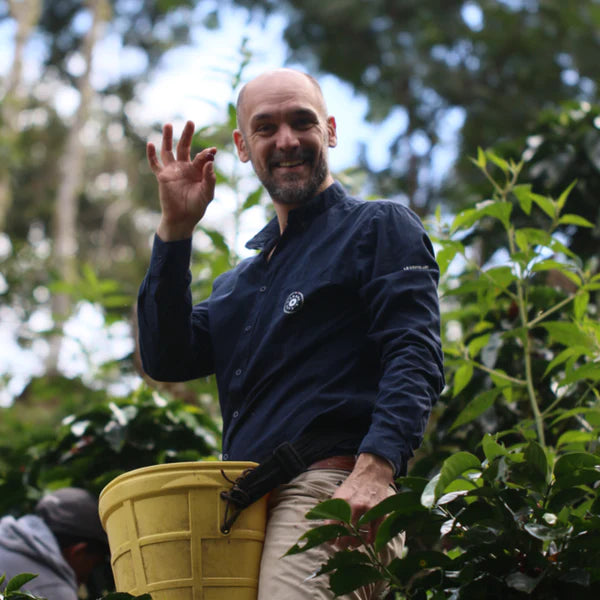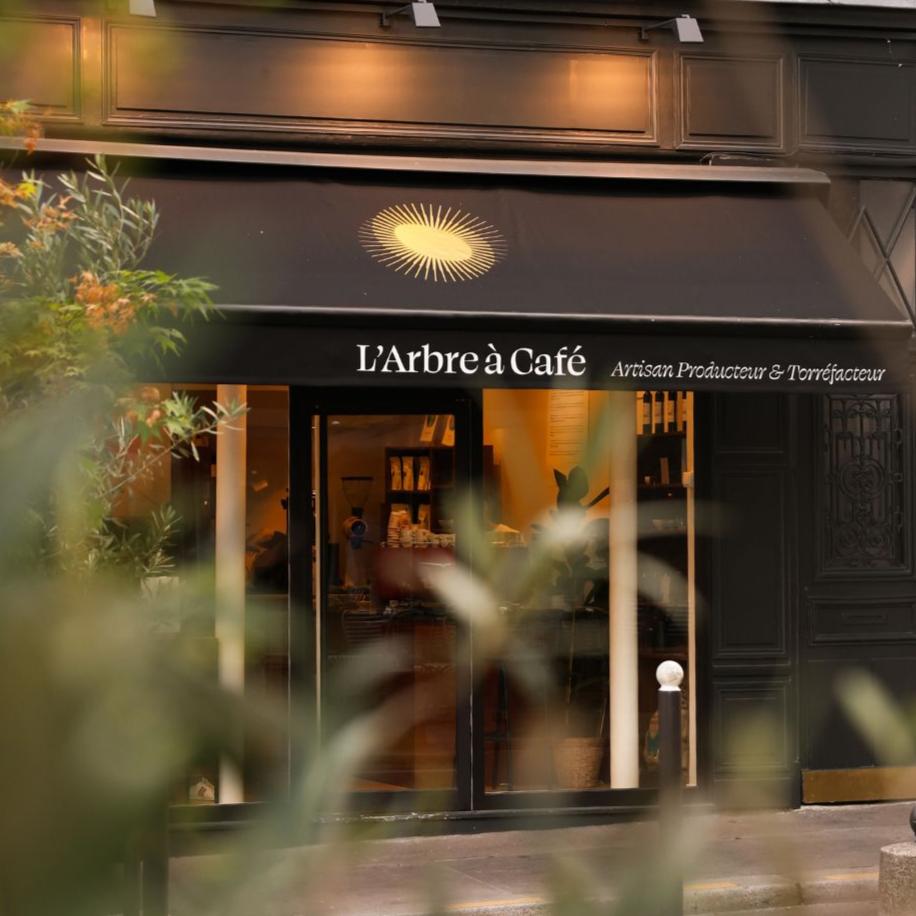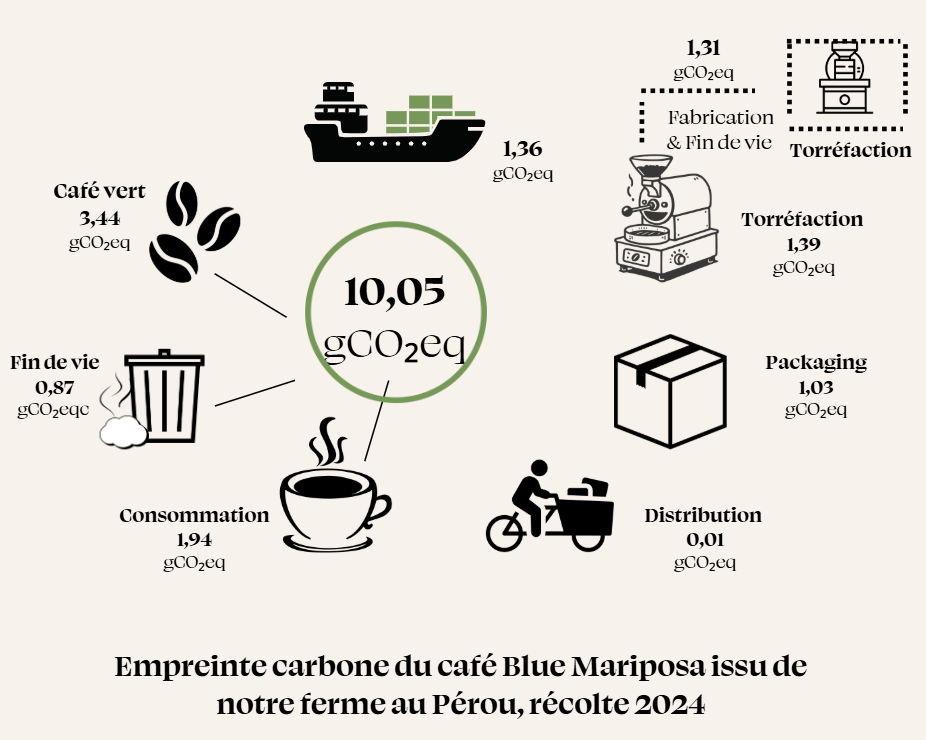In cooking, it is the cook who decides the level and technique of cooking, in roasting, it is the roaster (the man). He chooses his roaster (the machine) which can cook on a plancha (conduction) or with rotating heat (convection) or even, it has become very rare, with a flashlight (direct flame).
Roasting is the core of his business. To roast means to cook coffee beans with dry heat. This usually takes about 12 minutes and is usually done on drum machines, the roasters.
A coffee can therefore be like a beefsteak: raw (tartar), blue, rare, medium, overcooked or burnt. It can also be like a chocolate cake: runny, melting, soft, dry or also burnt... So there are coffees that are not roasted very much and others that are not, more roasted.
Roasting makes the coffee taste good because it reveals certain characteristics of each coffee and makes the coffee more crumbly and therefore its substances more accessible. By burning the coffee, all the qualities of the coffee are hidden in favor of the tastes of burning and cooking: cigarette charcoal, rubber, dark chocolate, vanilla ... That's how it was done before and that's why the roasters were called burners.
By cooking the coffee a little, we will choose, on the contrary, to reveal only the qualities of the coffee, but only partially: the greenest aromas (of the raw), the freshness (acidity).
During the roasting process, coffee undergoes two popcorn effects, the cracks. The coffee is considered cooked or roasted (crumbly), when it has passed the first crack. After the second crack, it is burnt. The closer the roast is to the first crack, the more it is said to be lightly roasted or clear, as it will have browned little. The closer it is to the second crack, the more it is cooked or roasted, dark and oily. You will have understood it, a medium roast is thus the one which is situated, in time of cooking, between the first and the second crack.
Three criteria often guide the choice of the amateurs: the aromas, the vivacity (acidity) and the bitterness.
You like bitterness, so choose strong coffees.
If you like liveliness and prepare your coffees in soft extractions, prefer light or medium roasts.
You like balanced coffees, drink espresso (by the way, do we say "espresso" or "espresso") as well as mild extractions, choose medium roasts.
These are the foundations of an exciting and complex profession.
At L'Arbre à Café we offer a roasting adapted to each coffee, a signature roasting. Some coffees will therefore be more or less roasted, i.e. with more or less green or cooked aromas (caramel, cereals, dried fruits....).
When coffees have extreme intrinsic qualities, or when they are particularly good in soft extraction, then we roast them in a clearer way, that is to say by revealing above all their fruity, floral notes and their great freshness.
This is the case of the Geisha, the Oro de Santa Barbara, the Gedeo, the Manana.
On the other hand, coffees like Huista, Iapar or Chakra as well as blends have medium roasts favoring a balance between body and freshness and all aromatic families.

















![[PRACTICE GUIDE] - Everything you need to know about low-roast coffees - L'Arbre à Café](http://www.larbreacafe.com/a/l/en/cdn/shop/articles/guide-pratique-tout-savoir-sur-les-cafes-peu-torrefies-125137_1600x.jpg?v=1661882682)


